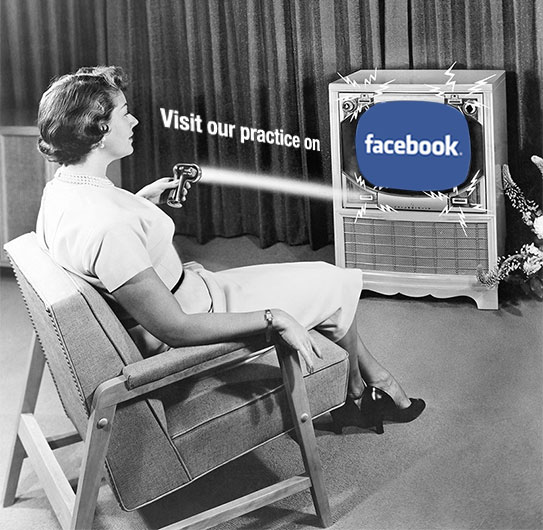IF YOU’RE LIKE SOME OF DRS. BRADLEY AND DR. BOSWELL’SPATIENTS HERE IN LAKE OCONEE DENTISTRY, PC, you may have heard rumors that root canal therapy is painful and/or difficult. However, surveys continue to show that most people’s dental procedure fears are more about “perception” than they are about “reality”.The sad thing is that inaccurate information about root canals (and other dental procedures) can cause people to make uninformed—and often unwise—decisions that can cause additional expense, hassle, and unneccesary damage to their teeth, their oral health, and possibly their overall health. So, before you believe any rumors or hype, we thought we’d help clear up the top five myths about root canal therapy.
MYTH #1: Root Canal Treatments Are Painful
Typically, it isn’t that the actual root canal treatment is painful—rather, the irreversible condition that is requiring the treatment is far from comfortable in the first place! Most people who have root canal therapy admit that the pain they experienced was prior to the procedure, not during it… And, they felt so much better after.
MYTH #2: Root Canals Always Require Several Appointments
Typically, a root canal treatment can be completed in as few as one or two visits with any one of our dentists. Some cases require a tooth to be restored after the root canal is completed, but these appointments are not part of the actual root canal process.
If you are already scheduled for root canal therapy with our dentists, and if you’re experiencing discomfort, here are a few ideas from our friends at eHow:
MYTH #3: Root Canal Therapy Leads to Illnesses
This myth stems from some research that is 100 years old—and, has NEVER been duplicated or confirmed through modern research. That is, the bacteria that may be present from doing the root canal procedure can somehow make you sick after your root canal therapy. The fact is that all kinds of bacteria can be found in your mouth at any time, even if you don’t have decaying teeth, gum disease, or an upcoming root canal treatment. This myth truly is just that—a myth you don’t need to worry about.
MYTH #4: Root Canal Therapy Isn’t Necessary Until Your Tooth Hurts
Teeth in need of root canal therapy don’t always hurt. In fact, some dead teeth may just require a root canal to prevent infection. You may have a tooth in need of a root canal and not even know it.
MYTH #5: The Benefits of Root Canal Therapy Don’t Last Long
This fifth myth probably starts with people who have had a tooth crack at some point after having had a root canal treatment. While it’s true that when a nerve is removed from a tooth, the blood supply is eliminated and the tooth can become brittle—making it more fragile and susceptible to cracking. Technically, this means that although the complete restoration solution may need to be examined, it doesn’t mean that root canal therapy doesn’t “last”. Often, our dentists will recommend having a crown placed over your tooth to prevent this from being an issue.
Well, there you go…the top five myths about root canal therapy shattered right before your eyes! We hope that you now feel a little less fearful of root canals, and much more informed.
If you have any additional questions, don’t hesitate to contact us or connect with us via our Facebook Page. Thank you for being our valued patients and friends!


